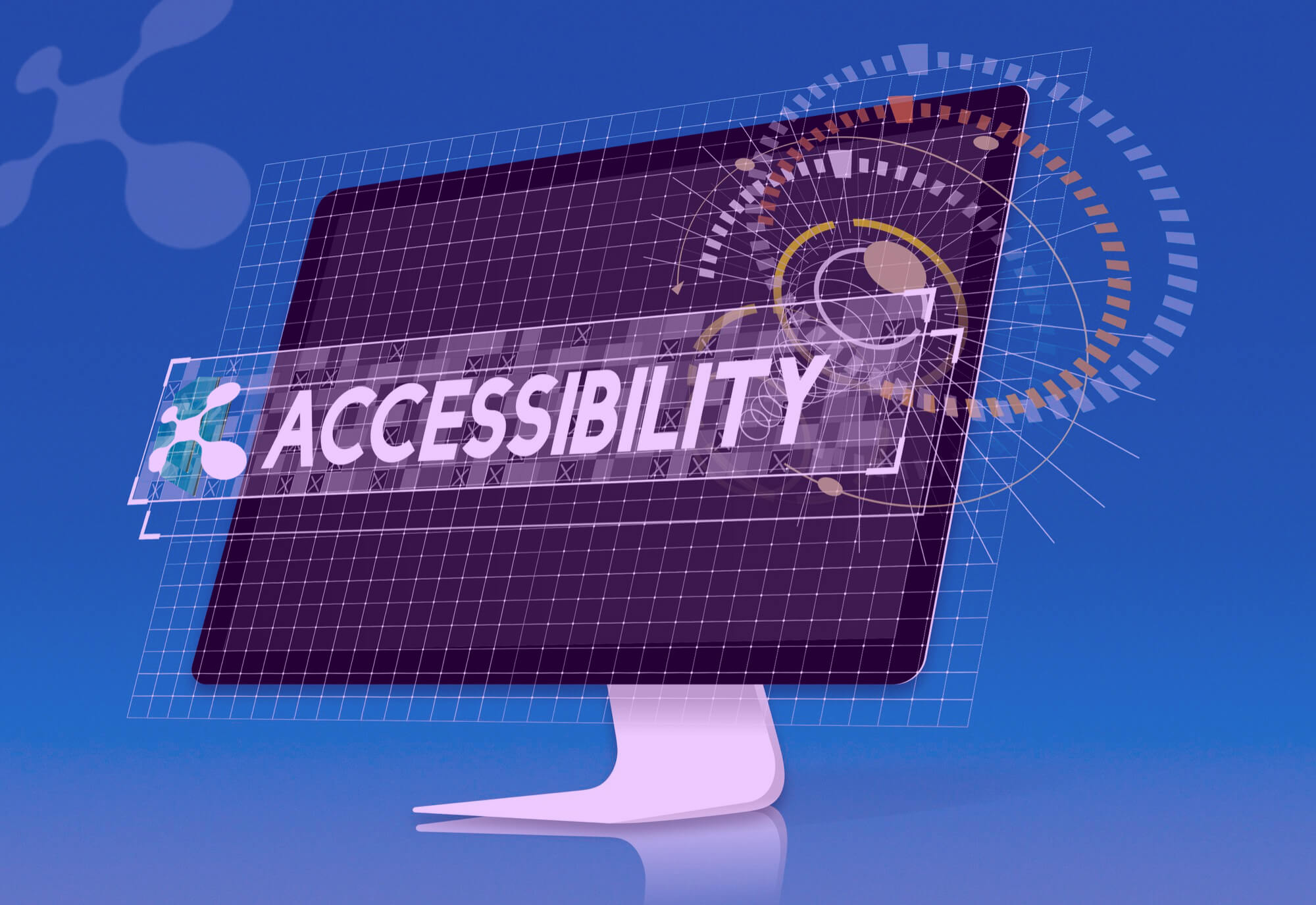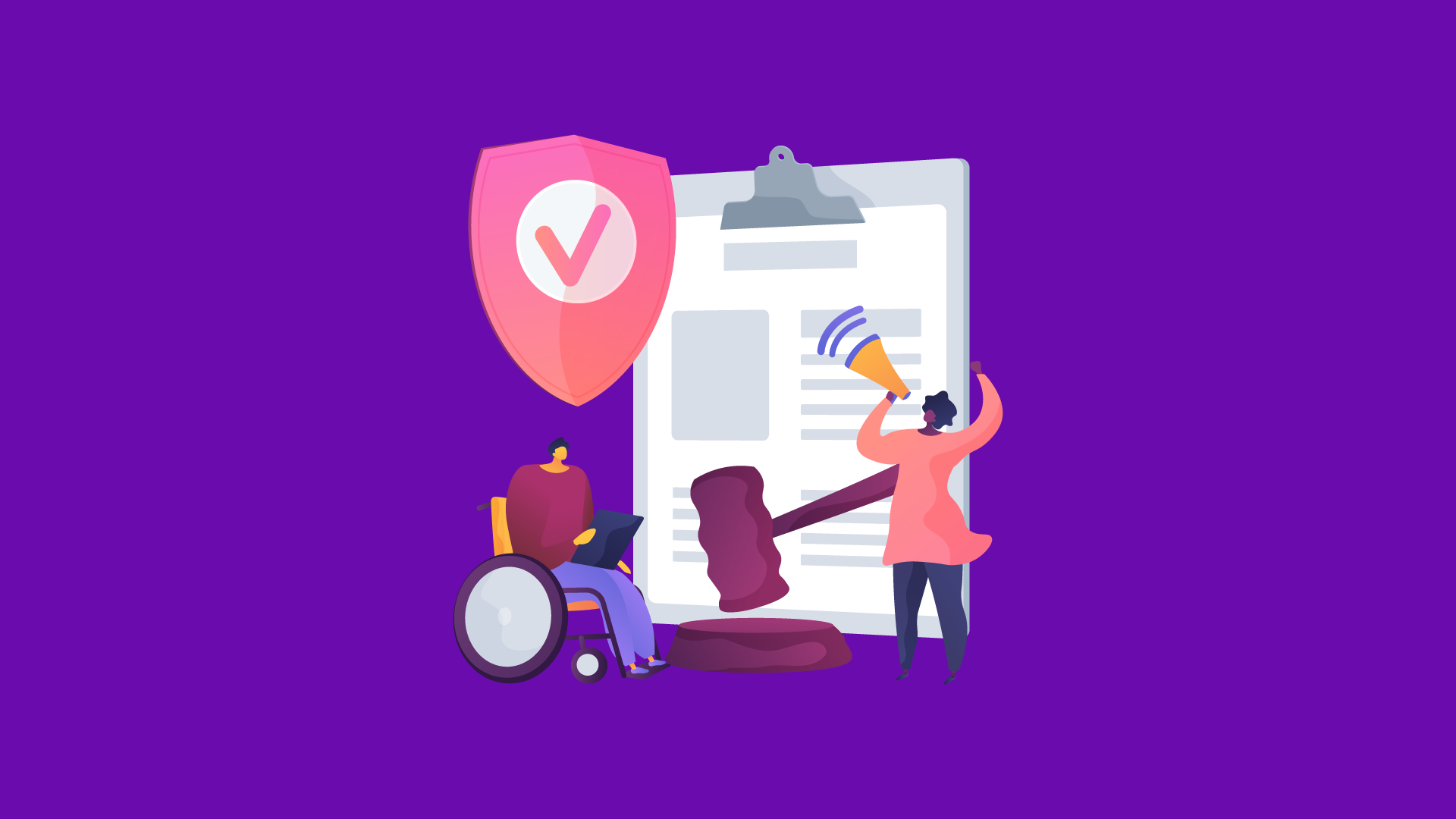Designing an accessible website has become a social necessity in this era of technology, where approximately 5.5 billion people in the world are internet users. Nowadays, websites serve as storefronts, information hubs, and communication channels for individuals and organizations alike. Although the internet is considered as a universally accessible platform, the reality is quite complex and different. Globally, around 1.3 billion people live with some form of disability, many of whom find it difficult or even impossible to use most websites. This is why it is important to go for accessible website designs, if you are building a website.
Accessible website design is not just a buzzword or a niche requirement; it is a fundamental aspect of inclusive digital experiences. Ensuring that a website is usable for people with various physical, cognitive, auditory, visual, and neurological challenges is both a moral imperative and often a legal one.
What is accessible website design?
Accessible Web design refers to the creation of websites and digital tools that are available and navigable by as many people as possible, including those with disabilities. It works well for people who use a screen reader, keyboard-only navigation, alternative input devices, have color blindness or hearing impairments, or suffer some cognitive limitations.
In web design, accessibility does not have to be a compromise between aesthetics or functionality. Instead, it means creating content and building your sites so that all the information can be accessed and interacted with online.
Some common accessibility barriers include:
- Non-descriptive links (e.g., "click here")
- Images without alternative text
- Poor color contrast
- Non-captioned videos
- Forms that aren’t labeled clearly
- Content that requires a mouse for navigation
Why accessible design matters?
Social Responsibility and Inclusion
The internet plays a vital role in our lives – from education and employment to healthcare and entertainment. The exclusion of disabled people means that they are not able to fully integrate into society. Designing for accessibility brings inclusion and power to all users regardless of their ability levels.
Legal Compliance
Many countries have legal requirements for web accessibility. In the USA, more and more often websites are places of challenge to the Americans with disabilities act (ADA) and Section 508 of the Rehabilitation Act. In the Europe Accessibility Act and other regions, there are also mandates for digital accessibility.
Improved SEO and Usability
Websites with higher accessibility rank higher on search engines. Why? As many of the accessibility best practices — such as heading structure, alt text and semantic structure – are a core part of SEO. In addition, overall website usability is likely to be improved if accessibility within the site implemented with thought for all users.
Market Reach and Brand Reputation
More than a billion people worldwide live with disabilities and overlooking accessibility means neglecting a huge and valuable audience. Companies that embrace inclusivity strengthen trust, reputation, and long-term loyalty.
Principles of Accessible Design: POUR
The Web Content Accessibility Guidelines (WCAG), maintained by the World Wide Web Consortium (W3C) – provide the backbone of accessible website design. These guidelines are organized around four principles, commonly referred to as POUR:
1. Perceivable
Information and user interface components must be presented in ways that users can perceive. For instance:
- Provide alt text for images
- Offer captions and transcripts for multimedia
- Ensure text contrast is sufficient for readability
2. Operable
Users must be able to navigate and interact with the site using different devices and tools:
- Allow navigation via keyboard
- Provide focus indicators for form fields and links
- Avoid content that flashes or moves rapidly
3. Understandable
Content and operation of the interface must be comprehensible:
- Use clear, simple language
- Ensure form instructions are present and accurate
- Maintain consistent navigation across pages
4. Robust
Content must be compatible with a wide range of technologies, including assistive technologies:
- Use valid HTML and ARIA roles
- Ensure pages work across browsers and devices
- Design with future-proofing in mind
Key Accessibility Features and Tools
Website designers and developers have access to many tools to ensure accessibility, including:
1. Screen Reader Compatibility
There are many tools that help visually impaired users navigate websites. Your website should be designed to allow these tools to interpret your web content accurately.
2. Alternative Text for Images
Every image should include a descriptive alt attribute, especially if the image conveys meaningful information.
3. Color Contrast Checkers
Use tools like Webmax or Stark (a Figma plugin) to ensure text is readable against background colors.
4. Keyboard Navigation Testing
A website should be fully operable via keyboard (e.g., using Tab, Enter, and arrow keys). Test this regularly to avoid blocking users who cannot use a mouse.
5. Form Accessibility
Forms should have properly labeled fields, clear error messages, and a keyboard-friendly design.
6. ARIA (Accessible Rich Internet Applications)
ARIA attributes enhance accessibility, particularly for dynamic content. Used appropriately, ARIA roles and properties help screen readers understand the purpose of custom elements.
Best Practices for Designing an Accessible Website
User-friendly website design
1. Design for All Devices and People
Responsive design is a starting point. Go beyond that by ensuring that layouts and interactions are accessible across devices and input types (e.g., voice, screen reader, keyboard).
2. Write Descriptive Content
Use headings, link text, and labels that make sense out of context. For example, instead of "Click here," use "Download the annual report."
3. Use Proper HTML Structure
Semantic HTML (using <nav>, <main>, <section>, etc.) helps both users and assistive technologies understand the structure and purpose of content.
4. Caption and Transcribe Multimedia
Always provide captions for videos and transcripts for audio content. Not only is this helpful for users with hearing loss, but it also improves SEO and usability in noisy environments.
5. Test with Real Users
Involving people with disabilities in usability testing ensures your design truly works for them. Automated tools can catch many issues, but not all of them.
6. Stay Updated with WCAG Standards
The WCAG guidelines are evolving, with WCAG 2.2 being the mos
Accessible UX and UI Designs
User-friendly website design is much needed to make a website accessible to all users, but accessibility does not just apply to code – it also applies to user experience (UX) and user interface (UI) design. Here’s how:
UX considerations
- Provide skip navigation links
- Offer consistent navigation
- Ensure tasks (like checkout or sign-up) are not overly complex
UI considerations
- Use sufficient contrast and legible fonts
- Include visual focus indicators
- Offer customization options (e.g., font size adjustments)
The Future of Web Accessibility
As technology evolves, so do the expectations and possibilities for accessibility:
AI and Accessibility
Artificial Intelligence (AI) is being used to improve accessibility in real-time, from automatic image recognition for alt text to real-time transcription of audio content. While promising, these tools must be used cautiously and supplemented with human oversight.
Voice Interfaces and Inclusive Design
Voice search and control are becoming more prevalent, which can greatly aid users with mobility impairments. Designing for voice-first interaction will become increasingly important.
VR/AR Accessibility
As immersive web experiences grow, designers will need to consider how users with disabilities interact with virtual reality. Standards for accessibility in XR (Extended Reality) are still in early stages but rapidly developing.
An accessible website is simply a digital space that is made diversity-friendly, where everyone can have equal access to it, irrespective of their ability. If you familiarize yourself with accessibility standards, accessible website design, adopt inclusive design processes, and engage in regular testing and learning, then hopefully you will always build digital experiences that are not just compliant but reflective of the values of compassion, creativity, and equity. If you are a designer, developer, content creator, or business owner, all of your work better be done by ensuring that it is accessible.




